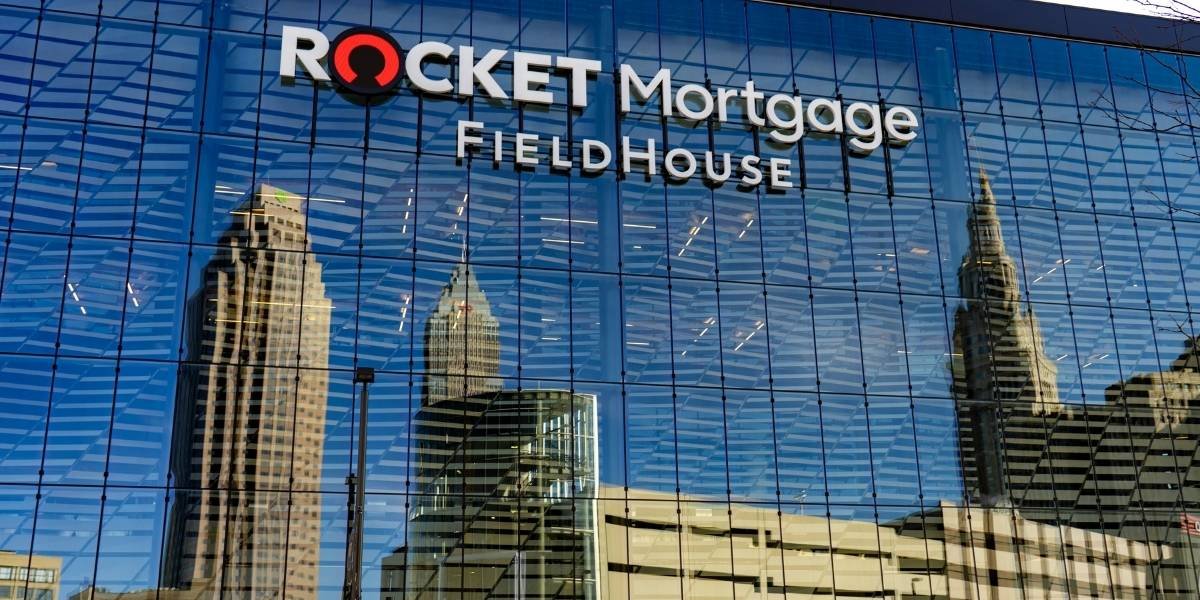The U.S. housing market is facing unprecedented challenges in 2025, with home sales expected to hit a 30-year low. Several factors are driving this downturn, including persistent high mortgage rates, affordability issues, and a reluctance among homeowners to sell. While new housing starts have increased slightly, the overall market remains subdued, leaving many potential buyers opting to rent rather than purchase homes. As home prices stabilize and inventory struggles to meet demand, industry experts are closely watching the market for any signs of recovery.
Factors Contributing to the Projected 30-Year Low in Home Sales
The 30-year low in home sales projections for 2025 can be attributed to a mix of economic and market factors. Among the most significant is the continued rise in mortgage rates. As of late 2025, the average 30-year fixed-rate mortgage stands above 6%, a figure that remains high compared to historical norms. This increase in borrowing costs has priced out many potential buyers, especially first-time homebuyers, who are finding it increasingly difficult to afford a home at these rates.
Another factor contributing to the slowdown is affordability. While home prices have cooled from their pandemic-era highs, they remain unaffordable for a significant portion of the population. With wages not keeping pace with rising housing costs, many prospective buyers are either delaying their home purchases or deciding to remain renters for the foreseeable future.
The Impact of High Mortgage Rates on Buyer Behavior
Mortgage rates are a critical factor in the housing market, as they directly affect monthly payments and, therefore, affordability. Higher rates mean higher monthly payments, which can price many buyers out of the market. This has led to a decline in buyer demand, especially in more expensive markets like New York, Los Angeles, and San Francisco, where the cost of homeownership was already high before rates began climbing.
For example, a homebuyer purchasing a $400,000 home with a 6.5% mortgage rate will pay significantly more in interest over the life of the loan compared to a borrower who locked in a lower rate in 2020. This steep increase in mortgage costs has led many potential buyers to reconsider their plans or seek smaller homes in less expensive regions.
Inventory Shortages and Homeowners’ Reluctance to Sell
In addition to high mortgage rates, another challenge facing the housing market in 2025 is a continued shortage of available homes for sale. Homeowners who locked in low mortgage rates during the pandemic are hesitant to sell, as doing so would mean giving up their favorable loan terms in exchange for much higher rates. This has created a “lock-in effect,” where many homeowners choose to stay put rather than risk purchasing a new home at a higher interest rate.

Photo Credit: Unsplash.com
The lack of inventory has compounded the problem, especially for buyers in popular markets where competition for homes is fierce. With fewer homes on the market, prices remain elevated in many areas, further exacerbating the affordability crisis.
New Housing Starts: A Slight Increase Amid Challenges
Despite the overall market slowdown, there has been a slight uptick in new housing starts in 2025. Builders are responding to the demand for housing by ramping up construction, particularly in suburban areas and smaller cities. However, these increases in new housing starts are not expected to fully offset the slowdown in existing home sales. The housing shortage remains a significant concern, and the supply of new homes is unlikely to meet the growing demand for affordable housing.
While new home construction may provide some relief in the long term, current market conditions still favor sellers, leaving many prospective buyers on the sidelines. Additionally, the high cost of building materials and labor shortages have slowed the pace of construction, making it difficult for builders to meet the rising demand.
Renting vs. Buying: The Shift in Buyer Behavior
With home prices remaining high and mortgage rates continuing to climb, many would-be buyers are choosing to rent instead of purchasing a home. According to recent reports, rental demand remains strong in most urban and suburban markets, as many individuals and families prefer the flexibility and lower upfront costs that renting offers.
Renting has become especially appealing for younger buyers who are either unable to afford a home or prefer the freedom that comes with leasing. With the 30-year low in home sales, this shift in behavior is expected to continue throughout 2025, with many renters delaying homeownership until market conditions improve.
Outlook for the U.S. Housing Market in 2025
While the outlook for home sales in 2025 may seem bleak, there are signs of a potential rebound in the longer term. Some experts believe that as inflation slows and the Federal Reserve eventually cuts rates, mortgage rates may stabilize, making homeownership more affordable. Additionally, the rise in new housing construction could help alleviate the supply shortage and bring prices down in some markets.
However, for the immediate future, the U.S. housing market will likely continue to face challenges, particularly in terms of affordability and inventory. For buyers, it may be a waiting game to see if rates fall or if more homes become available in their desired markets. For sellers, the current market still favors those who can afford to buy a new home at higher rates, but they must be prepared for fewer offers and longer selling times.











